|
John Asano
Sunomata Castle: The Legendary One Night Castle of Gifu

Sunomata Castle is a legendary Japanese Castle located near Ogaki in Gifu Prefecture. The off-the-beaten-track castle is a little hard to get to but is certainly worth a visit with a great story and fascinating history behind its construction.
Table of Contents
The One Night Castle
Sunomata Castle is also known as Ichiya Castle (One Night Castle), due to the legend that it was built in one night by samurai general, Toyotomi Hideyoshi (1537-1598) in the lead up to an attack on Gifu Castle, known at the time as Inabayama Castle by the forces of the powerful feudal lord, Oda Nobunaga (1534-1582).
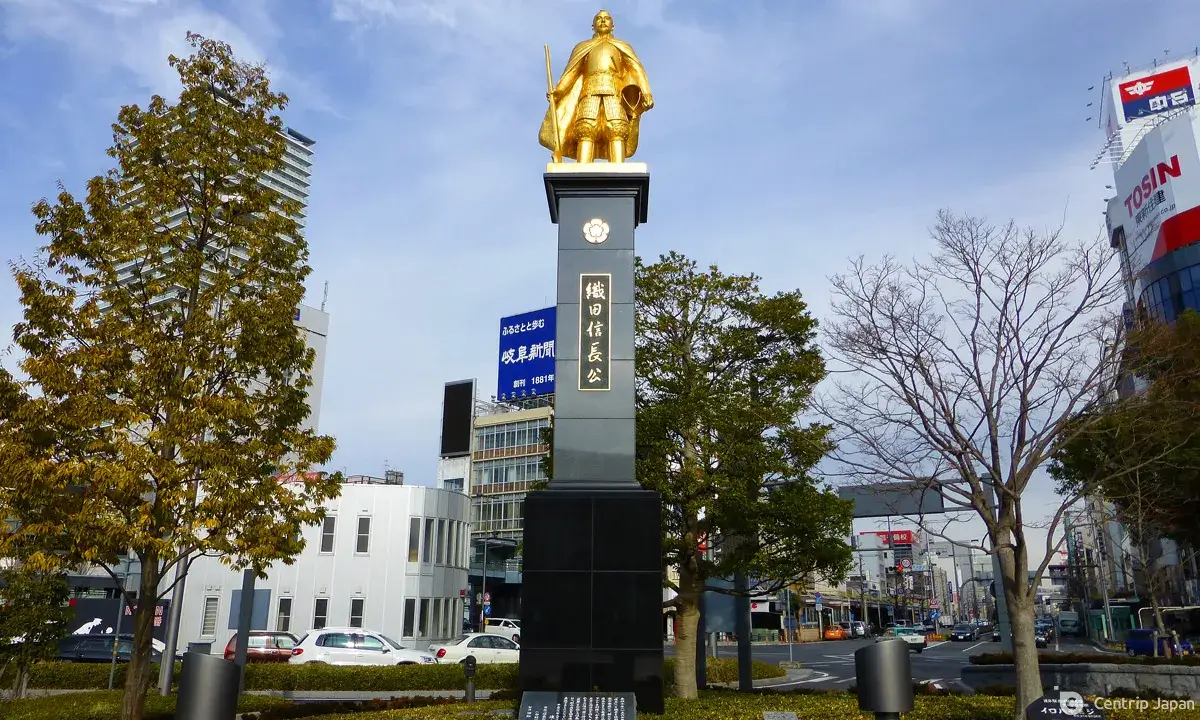 Golden statue of Oda Nobunaga outside JR Gifu Station
Golden statue of Oda Nobunaga outside JR Gifu Station
Nobunaga ordered the castle to be built in 1567 on the edge of his enemy’s territory, to act as a bridgehead for his final assault on the Saito clan’s main castle located in Gifu City. The successful construction of the castle, lead to Nobunaga defeating the garrisons within Gifu and becoming lord of Mino Domain (modern-day Gifu). This was a huge stepping stone in his drive toward Kyoto and his mission of unifying Japan during the Warring States period (1467-1615).
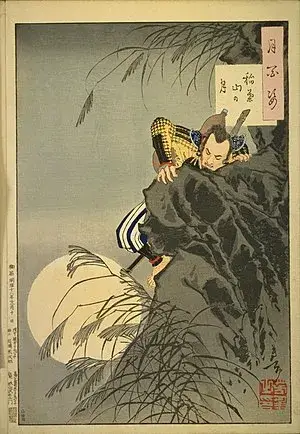 The young Toyotomi Hideyoshi leading a small group on the assault of Gifu Castle
Source:WikiCommons
The young Toyotomi Hideyoshi leading a small group on the assault of Gifu Castle
Source:WikiCommons
In reality, the fortress would have taken two or three days to complete the basic defensive structures. The speed at which the castle was constructed most likely gave the illusion that it popped up “overnight”, surprising and demoralizing the enemy.
The Modern Castle
The modern concrete reconstruction of Sunomata Castle looks nothing like how the original wooden fortress would have looked back in the day. It was more of a border fort than an actual full-sized castle.
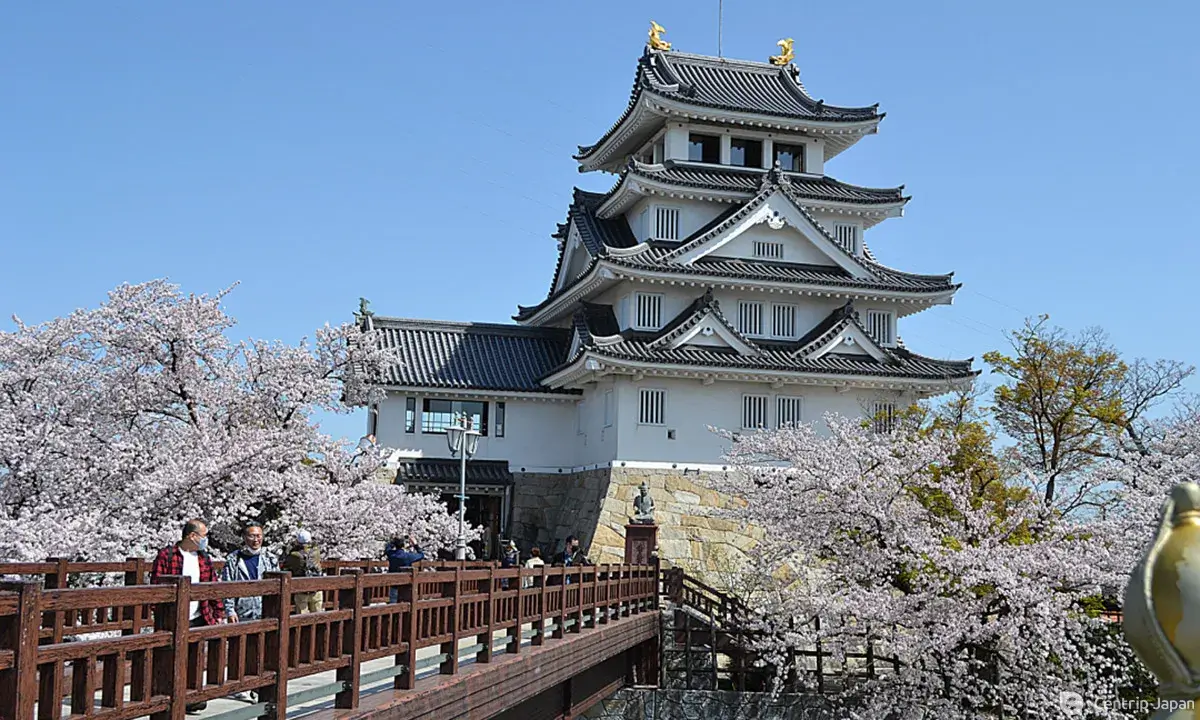 The approach to Sunomata Castle
The approach to Sunomata Castle
The wooden fortress would have been constructed quickly, thanks to its cleverly used pre-assembled sections. The wooden walled structure most likely contained simple watchtowers, wooden palisades, and dry moats to intimidate and demoralize the nearby enemy.
The current castle, which stands on the banks of the Sai River was constructed in 1991 and serves as a local history museum. The faux castle's main tower was modeled after nearby Ogaki Castle.
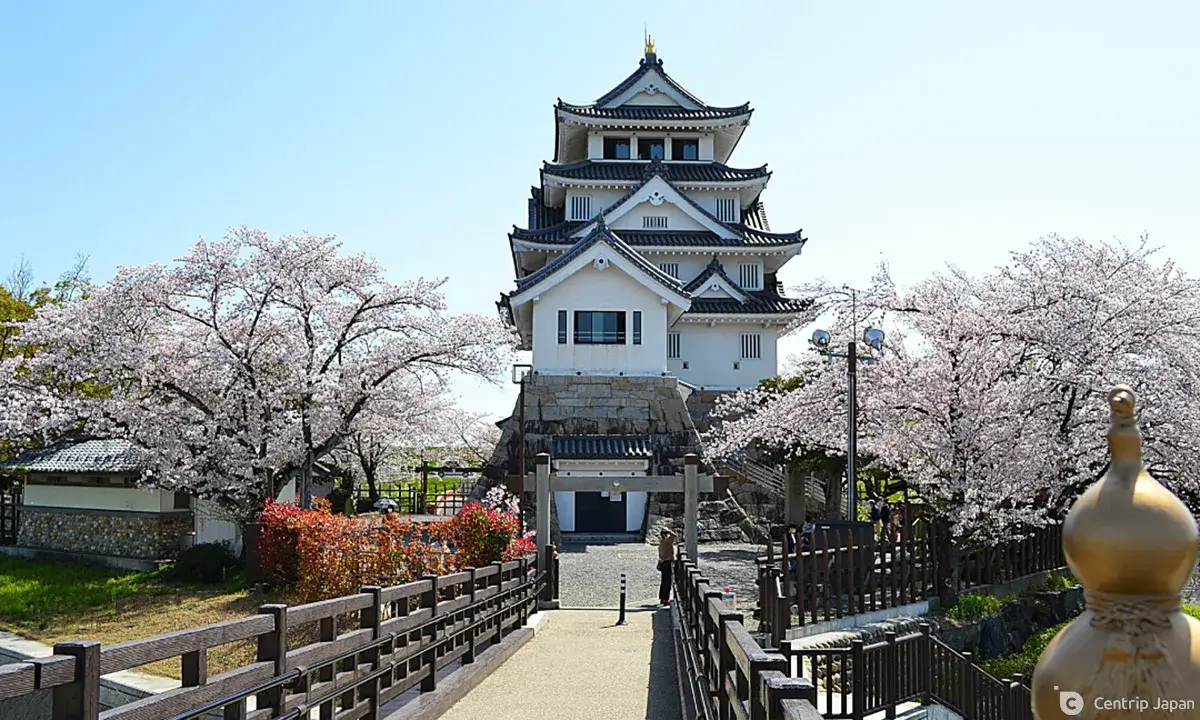 Sunomata Castle from the side
Sunomata Castle from the side
The Rise of Hideyoshi
The successful construction of the castle greatly raised the prestige and standing of Hideyoshi with Nobunaga and marked the start of his rise to fame.
He would go on to become one of Nobunaga’s leading generals and carried on his work to unify Japan after his death.
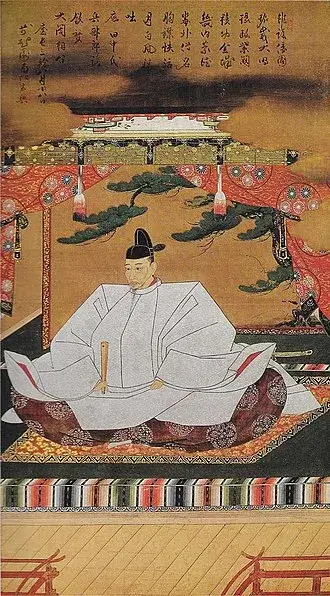 Toyotomi Hideyoshi
Source: WikiCommons
Toyotomi Hideyoshi
Source: WikiCommons
You will find a statue of Hideyoshi at the end of the bridge leading to the castle. It is a nice reminder of the history behind the castle.
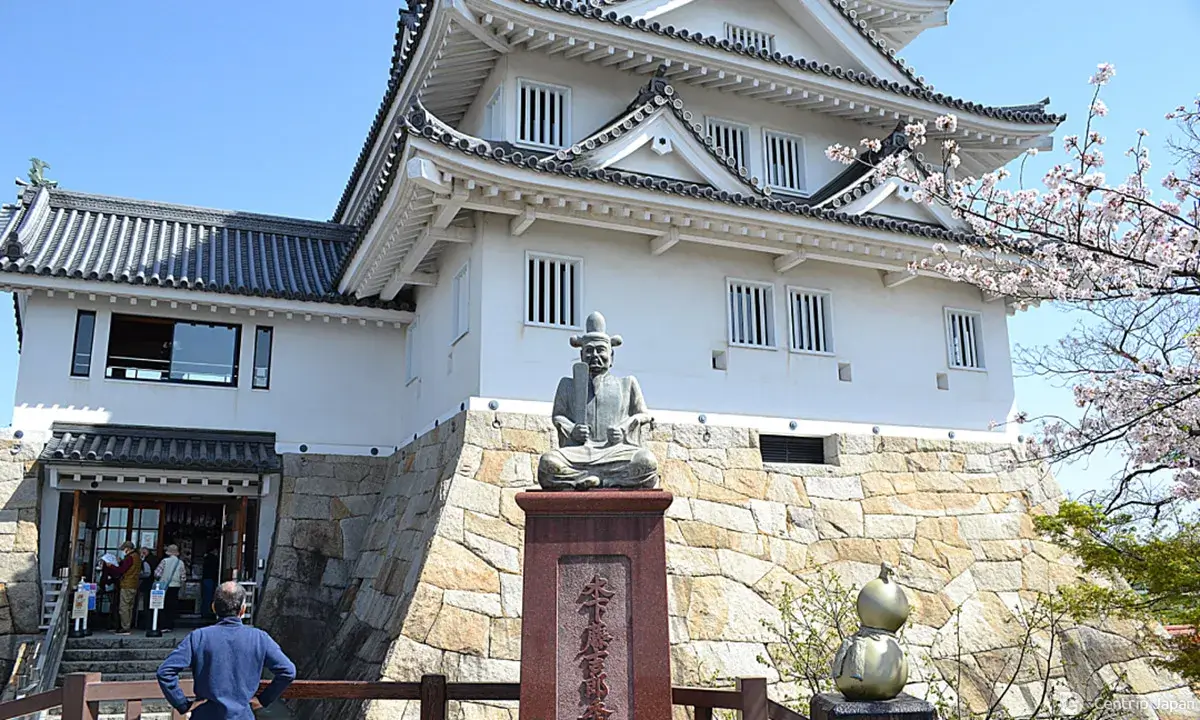 Statue of Toyotomi Hideyoshi
Statue of Toyotomi Hideyoshi
Gourds and more Gourds
Gourds are considered a symbol of good luck in Japan, and you will find quite a few of them located around Sunomata Castle due to their link to Hideyoshi. The samurai general was so fond of gourds that he used the symbol of “one thousand gourds” as his battle standard. They certainly brought him a lot of luck with the construction of this fortress and subsequent victory over the Saito clan in Gifu.
Today, Osaka still uses the symbol of his battle standard as its emblem. Hideyoshi built Osaka Castle and based his government in Osaka during his reign as ruler of Japan.


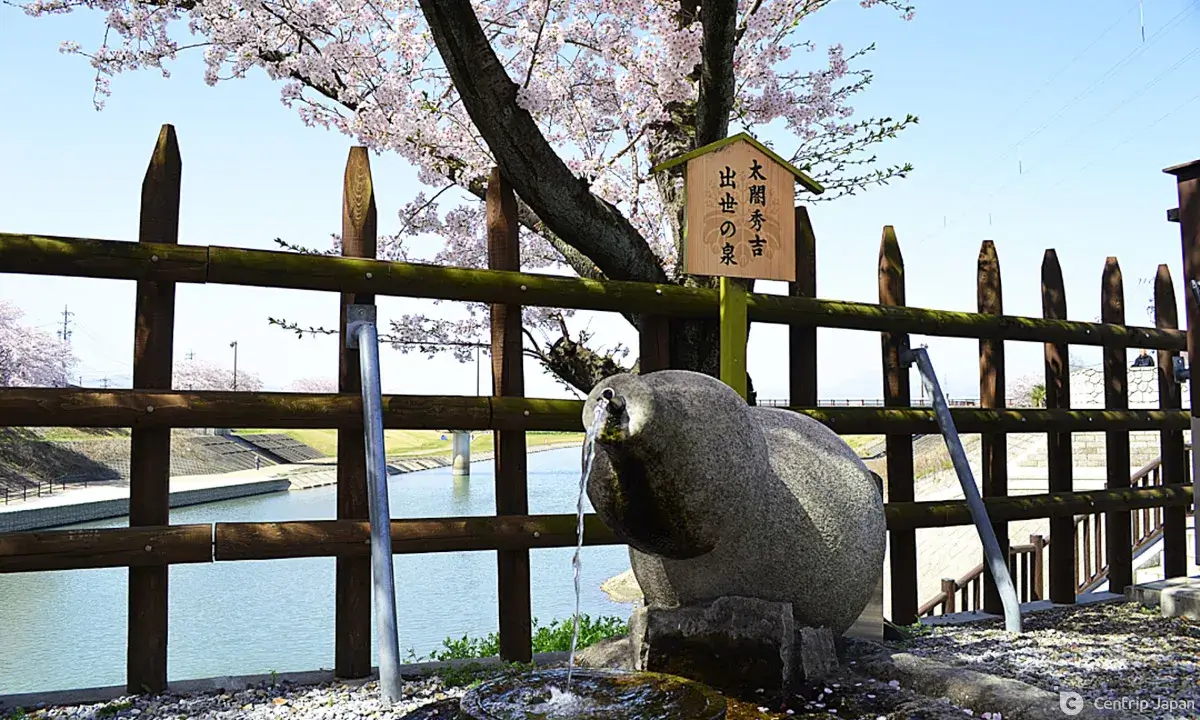 Gourds water display on the castle grounds
Gourds water display on the castle grounds
The History Museum
The history museum inside the castle contains a model of what the castle might have looked like as well as samurai weapons and armor from that time. It highlights the famous history of the castle and details the life of Hideyoshi up until he became ruler of Japan and the conflict between Nobunaga and the Saito clan.
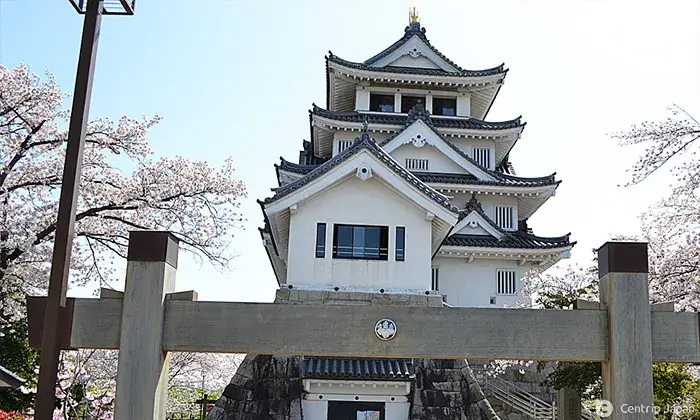 Sunomata Castle with wooden gate
Sunomata Castle with wooden gate
 Main Tower
Main Tower
The view from the top of the main castle tower is breathtaking. On a clear day, you can see Gifu Castle on top of Mount Kinka to the north, and even the skyscrapers of Nagoya some 30 km to the east. On display on top of the tower is a solid gold shachi, which is said to be the only one of its kind in Japan.
Shachi or Shachihoko are a mythical Japanese animal with the head of a tiger and the body of a carp. They are believed to protect temples and castles from fire because they have the power to cause rain to fall.
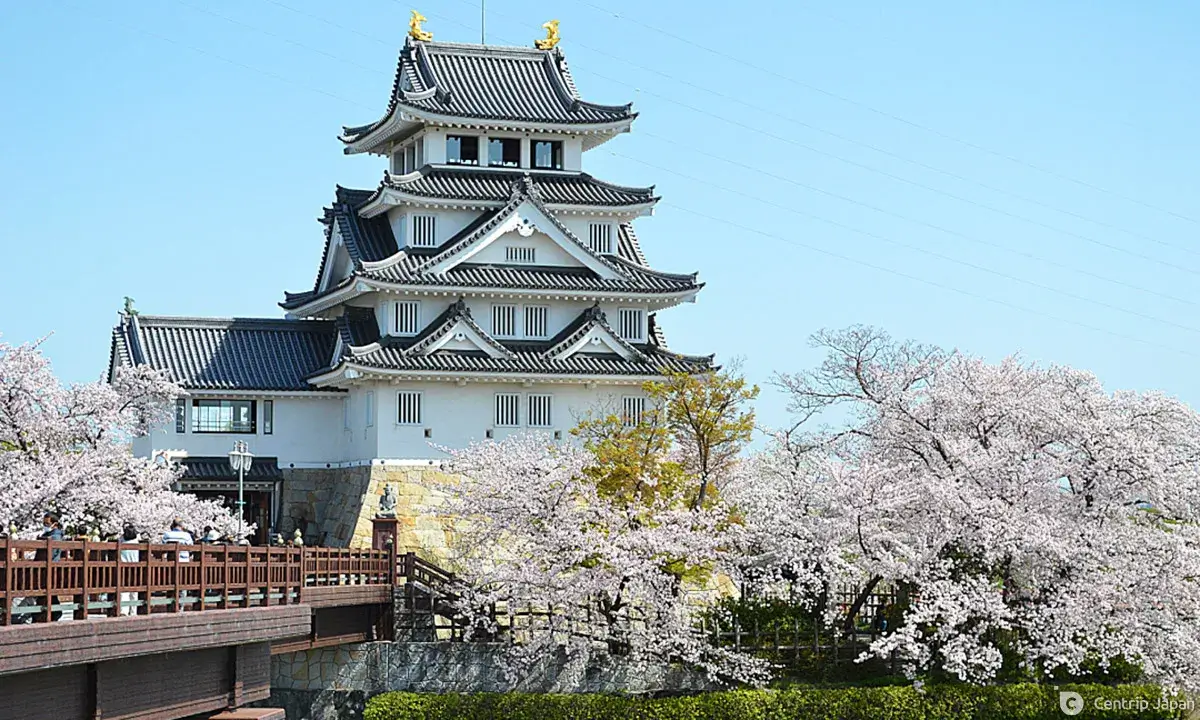 Golden shachi on top of the main castle tower
Golden shachi on top of the main castle tower
Best Time to Visit
The best time to visit Sunomata Castle is in spring to enjoy the beautiful cherry blossoms. Over 1,000 yoshino cherry blossom trees can be found around the castle and nearby area.
It is regarded as one of the best spots in Gifu to see the cherry blossoms and the area around the castle is illuminated at night to create a spectacular scene, where you can experience night cherry blossom viewing.
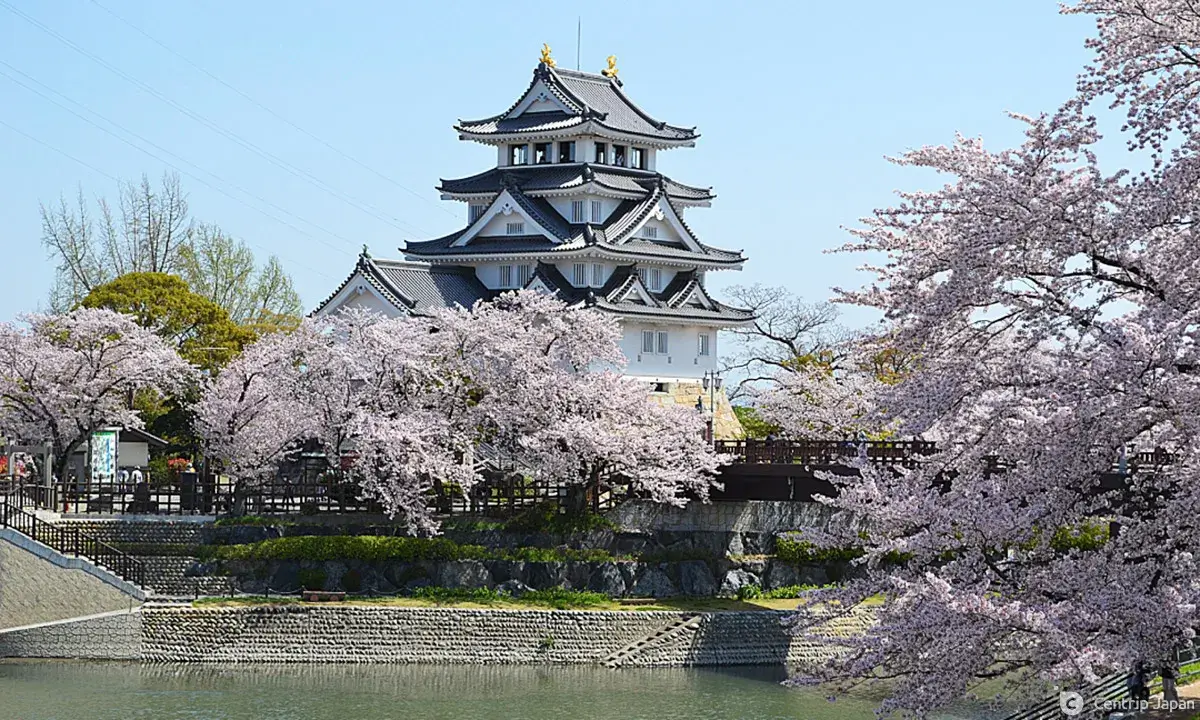 Cherry blossoms around Sunomata Castle
Cherry blossoms around Sunomata Castle
Cherry Blossom Tunnel
The raised river road which is located around the castle is lined on both sides by cherry blossom trees, which create a blooming cherry blossom tunnel in spring. It is spectacular to walk along when the cherry blossoms have reached their peak, usually in late March.
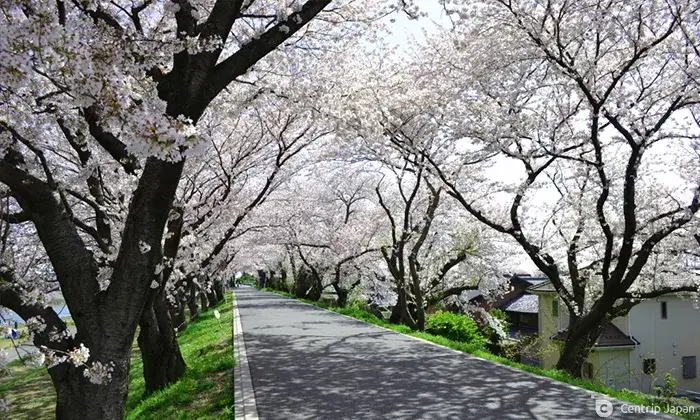
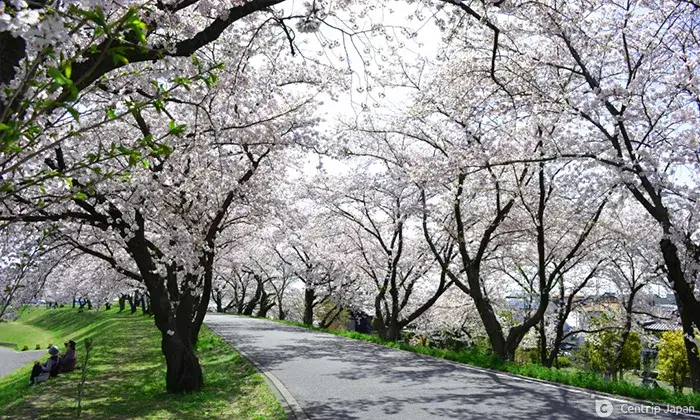
Wrap Up
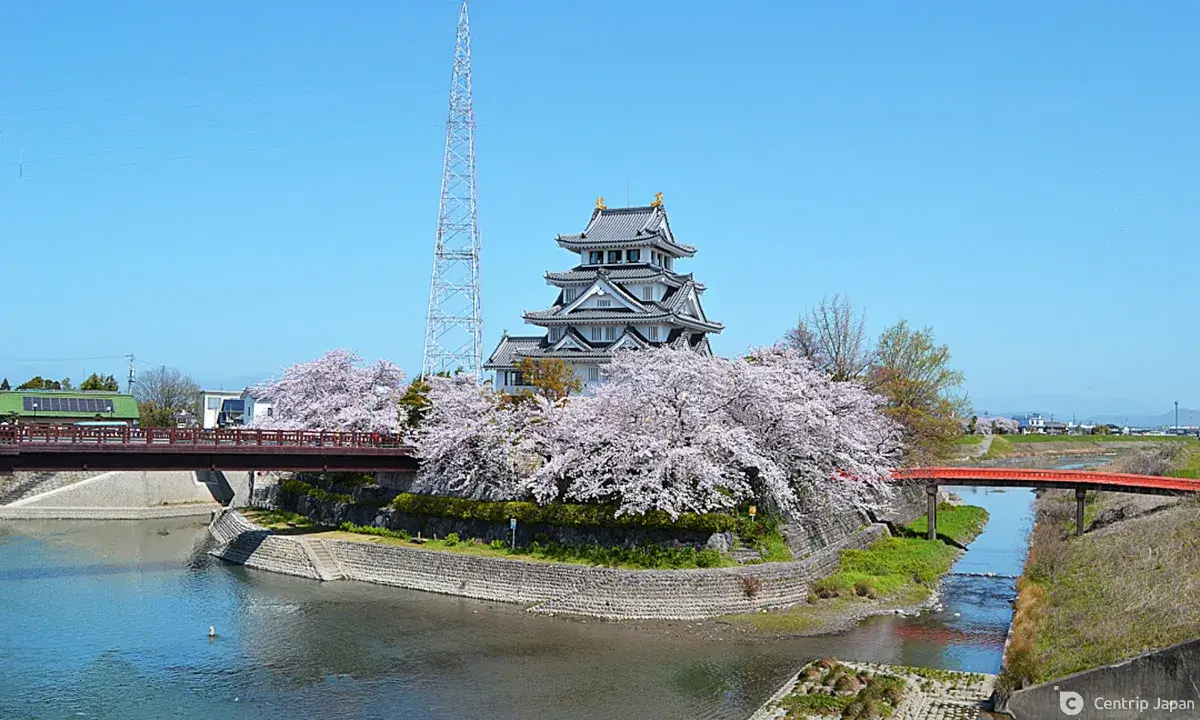 Sunomata Castle as seen from the main road
Sunomata Castle as seen from the main road
Sunomata Castle helped change the face of Japanese history. If you are looking to get off the beaten track and visit an interesting castle with a great story behind it, definitely give this place a visit. It is well worth checking out in conjunction with a visit to nearby Ogaki.
Related articles
How to Get There?
Take the JR Tokaido Line from JR Nagoya Station to JR Ogaki Station. It should take around 30 minutes and cost ¥770 (one way). From the south exit of JR Ogaki Station, take a Meihan Kintetsu Bus bound for Gifu Shotoku Gakuen to the Sunomata bus stop. It is only a short 5-minute walk from here to the castle.
Click here to get the latest information on Central Japan.Centrip Japan - Nagoya and Chubu Information

